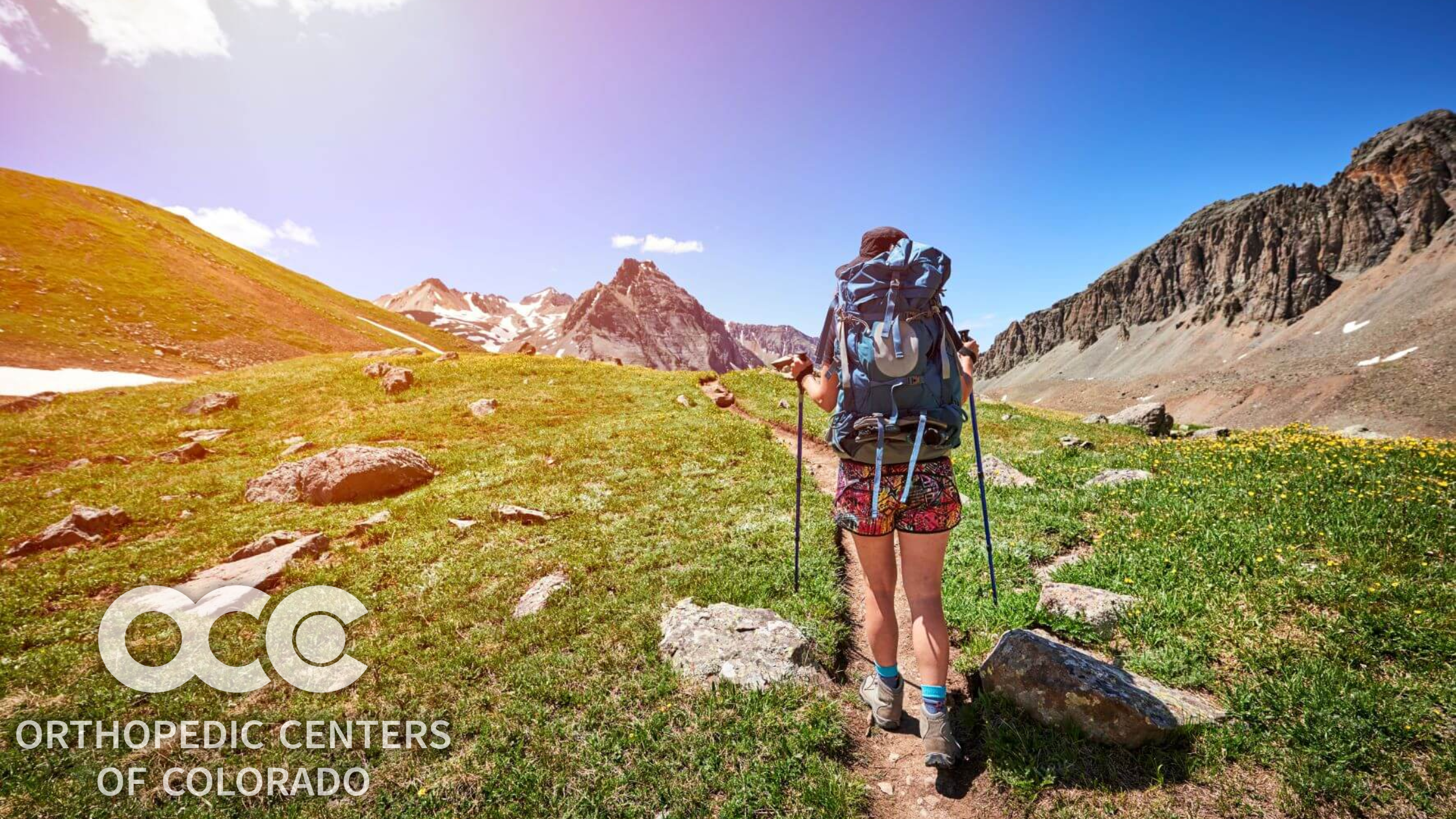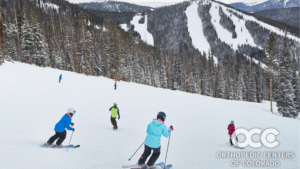Colorado living is synonymous with movement — hiking scenic trails, skiing powder days, exploring mountain towns, and getting in steps under 300 days of sunshine. But with that active lifestyle comes a not-so-welcome guest for many: heel pain. If you’ve noticed sharp discomfort in your heel that greets you first thing in the morning or lingers after outdoor activities, you may be dealing with plantar fasciitis.
This common yet frustrating condition affects thousands of active residents across the state. In this article, we’ll unpack why plantar fasciitis in Colorado is so prevalent, how mountain terrain and altitude factor in, and what you can do to keep your feet healthy and pain-free.
What Is Plantar Fasciitis?
The plantar fascia is a strong band of tissue that supports your arch and absorbs shock every time your foot hits the ground. Over time — or after repetitive strain — small tears can form in the fascia, causing inflammation and sharp pain near the heel.
Typical signs of plantar fasciitis include:
- Sharp heel pain with your first steps in the morning or after rest
- Discomfort that improves as you move but worsens again after long activity
- Soreness along the bottom of the foot, especially near the heel
- Increased pain after hiking, running, or prolonged standing
It’s one of the most common orthopedic conditions seen in active adults — and Colorado’s mountain lifestyle makes it even more likely to appear.
Why Heel Pain Is Common in Colorado
You don’t need to be a marathoner or mountain guide to experience heel pain in Colorado. The combination of terrain, activity level, and lifestyle here puts extra stress on your feet in unique ways.
1. High Activity Levels and Outdoor Terrain
From hiking and trail running to skiing and cycling, Coloradans are constantly on the move. The uneven ground, steep inclines, and rocky trails challenge stability and foot mechanics, leading to strain on the plantar fascia.
Even for casual hikers, constant elevation changes can tighten the calf and Achilles tendon — both of which pull on the heel and increase stress on the fascia.
2. Footwear and Equipment Choices
Hiking boots, ski boots, and cycling shoes are built for performance, but they often sacrifice arch cushioning and flexibility. Wearing them for extended hours can aggravate the plantar fascia, especially if insoles are worn down or ill-fitting.
Switching shoes frequently between outdoor gear, work shoes, and casual sneakers without adequate support can also increase the risk of overuse injury.
3. High Altitude and Dry Climate
At higher elevations, dehydration is common — and tight, dehydrated muscles (including the calves) make heel pain worse. Dry, cold air also stiffens tendons and connective tissue, meaning your morning steps or post-hike cooldown can feel particularly painful.
4. Hard Surfaces and Everyday Life
Many Coloradans spend long hours on concrete — from warehouse floors to city sidewalks. Hard surfaces compound the impact on your heel, especially if your footwear lacks supportive insoles or cushioning.
How to Prevent Heel Pain from Hiking and Active Living
The good news? Most cases of plantar fasciitis can improve with simple lifestyle changes and proper foot care. Here’s how to stay ahead of the pain:
- Stretch and Strengthen
Regular calf and foot stretches help relieve tension on the plantar fascia. Try rolling a frozen water bottle under your foot for a simple massage and stretch combination. - Warm Up Before Activity
Take a few minutes to move and stretch before hitting the trails or slopes. Cold muscles are more prone to strain and inflammation. - Wear the Right Footwear
Supportive shoes with firm arch support and cushioned heels make a big difference. Replace old insoles regularly and avoid walking barefoot on hard floors for long periods. - Ease Into Activity
Gradually increase your mileage or elevation gain. Overdoing it too quickly can lead to repetitive stress on the plantar fascia. - Stay Hydrated and Recover
Proper hydration keeps tissues supple and resilient. Pair that with rest days, ice after long hikes, and gentle mobility work to help your feet recover. - Address Tight Calves Early
Tight calf muscles are one of the biggest contributors to plantar fasciitis. Stretching and strengthening your calves can significantly reduce strain on the heel.
When to See a Foot and Ankle Specialist
Occasional soreness after a long hike is normal. But ongoing or worsening foot pain in Colorado may require a closer look from an orthopedic specialist — particularly if:
- Pain has lasted more than two weeks with minimal improvement
- You feel pain even when you’re resting or sleeping
- You notice swelling, redness, or stiffness in the arch or heel
- Heel pain is affecting your ability to hike, exercise, or enjoy daily life
An orthopedic specialist can assess whether your symptoms stem from plantar fasciitis or another underlying condition, such as a heel spur, nerve compression, or Achilles tendon issue. Advanced imaging, orthotics, targeted physical therapy, or minimally invasive treatments may all play a role in long-term recovery.
Key Takeaways
- Plantar fasciitis is one of the leading causes of heel pain among active Coloradans, often linked to hiking, trail running, and long hours on your feet.
- Colorado’s rugged terrain, high activity level, and dry climate contribute to stress on the plantar fascia.
- Stretching, supportive footwear, and proper recovery are key to prevention and early treatment.
- Persistent heel pain deserves professional evaluation to prevent chronic inflammation or more serious foot conditions.
Find Relief and Get Back Outdoors
Don’t let heel pain slow you down. Whether you’re summiting a 14er, exploring the Front Range, or just walking your dog around the neighborhood, your feet deserve proper care.
If you’re struggling with plantar fasciitis in Colorado or ongoing heel pain that limits your activity, our orthopedic foot and ankle specialists can help. With advanced diagnostic tools and personalized treatment options, we’ll get you back to moving comfortably — and back to doing what you love most in the mountains.
At Orthopedic Centers of Colorado, our team of board-certified specialists provides comprehensive care for foot and ankle conditions across the state. From conservative treatments, physical therapy, or advanced surgical options, we’re here to help you recover and keep living an active Colorado lifestyle.
Find a location near you or schedule an appointment today at occ-ortho.com.







